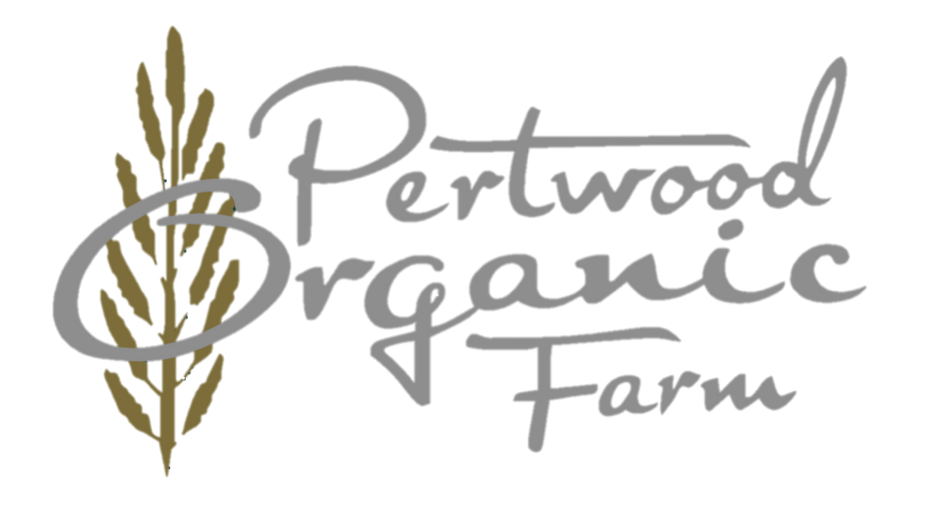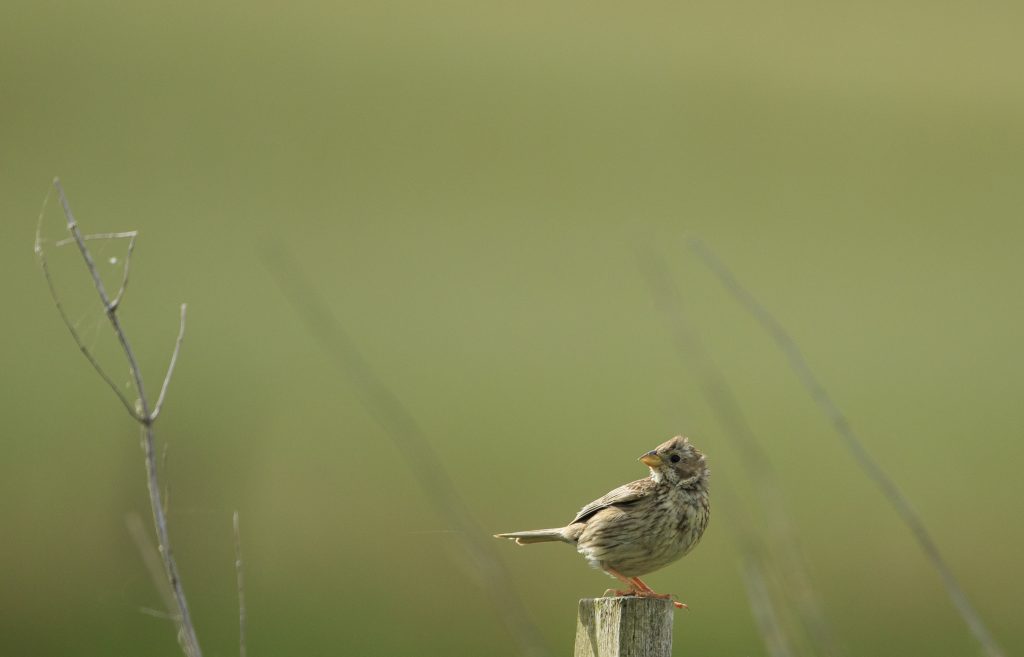We recently had a visit from Nick Mann, who runs a Somerset-based organisation called ‘Habitat Aid’.
Here are his impressions:
I visited a productive local farm last week, which offered an interesting potential model for the future. Pertwood Organics are based on a 2,600 acre farm to the west of Salisbury Plain. It’s high quality grade 1 and 2 farmland, and the land bears the marks of hundreds of years of agricultural use. There are barrows about and a large visible Medieval – at the latest – field system. The farm is organic, mostly arable, with some sheep and cattle. Yields are similar to non-organic farms, input costs are – of course – lower – and their organic produce fetches higher prices. You can read about how they do this on their website. It sounds disarmingly simple, but needs commitment, experience and, sometimes, technology.

What’s doubly interesting about this is that it’s done with wildlife in mind. I was kindly shown around by Nick Adams, the farm’s wildlife consultant – is that even a thing? Nick is ex RSPB, so birds in particular are his thing. And birds are the first thing to strike you if you visit. There are flocks of linnets, goldfinches, starlings, etc etc. Higher up the foodchain there are kestrels, kites, buzzards, barn owls… they’ve seen 109 types of birds, including 30 red list species. They have 60 species breeding there, including 5% of the entire estimated UK population of Corn Buntings. Invertebrate populations – impossible to see in November! – are also great. They have been very excited by the recent appearance of brown arguses and marsh fritillaries.
HOW’S IT DONE?
There’s no single answer, apart from the obvious – i.e. it’s organic. No chemical intervention brings unexpected bonuses, too. There are no tracks from spraying machinery to make it easy for predators to find ground nesting birds, for example. Access is made even more difficult by the way crops are drilled, with dense and slightly wavy rows of plants, impenetrable to weeds and foxes and badgers and giving animals no clear sight lines. Pertwood use a high tech inter-row cultivator to weed between the rows.
There are colourful pollinator strips along field margins – long flowering phacelia and late flowering sunflowers (good for seeds too), for example*. There’s a lovely butterfly bank. Red clover and other legume leys. Tussocky field margins too. This is insect nirvana – I hope I’ll be able to have a look around next summer.
The corn buntings – among other birds – love all the winter stubble which is deliberately left. I imagine this regime is also good for soil health.
WHY ISN’T EVERYONE DOING IT?
I don’t know, but then I’m not an agronomist. I guess there may be limited markets for organic cereals? It’s also true that we are only now exploring ways to farm with wildlife in mind. Groups like the Nature Friendly Farming Network are relatively new. The subsidy systems we have been using haven’t encouraged it enough, nor have they ensured compliance.
Anyway, the point is that there seems to be an alternative way to farm for wildlife, without not farming for wildlife. This looks as if it works in straight commercial terms. It also has significant value for the Pertwood brand, which at least helps pay for Nick and his efforts. People drive past on the main road and see the pollinator strips. Organic food consumers love to hear they’re helping corn buntings. Some might even read this blog.

ONLY CONNECT
I left the farm with a mixture of emotions. I’m so impressed by what they’ve done, and thoughtful about what more could be done (I hope we’ll be able to help!). This was tinged by a degree of sadness.
What a disastrous period we have gone through. Pertwood – despite their size, budget, will and knowledge – is struggling to repair the terribly degraded and fragmented habitats around them. There are still no dormice on site, for example, even after 30 years and despite the perfect home it would make for them. Smalls mammals simply can’t physically get there. It’s an oasis in the middle of a green desert. While this can be partly sorted out by planting hedges etc., it’s a sobering reflection on the state of the wider countryside.


